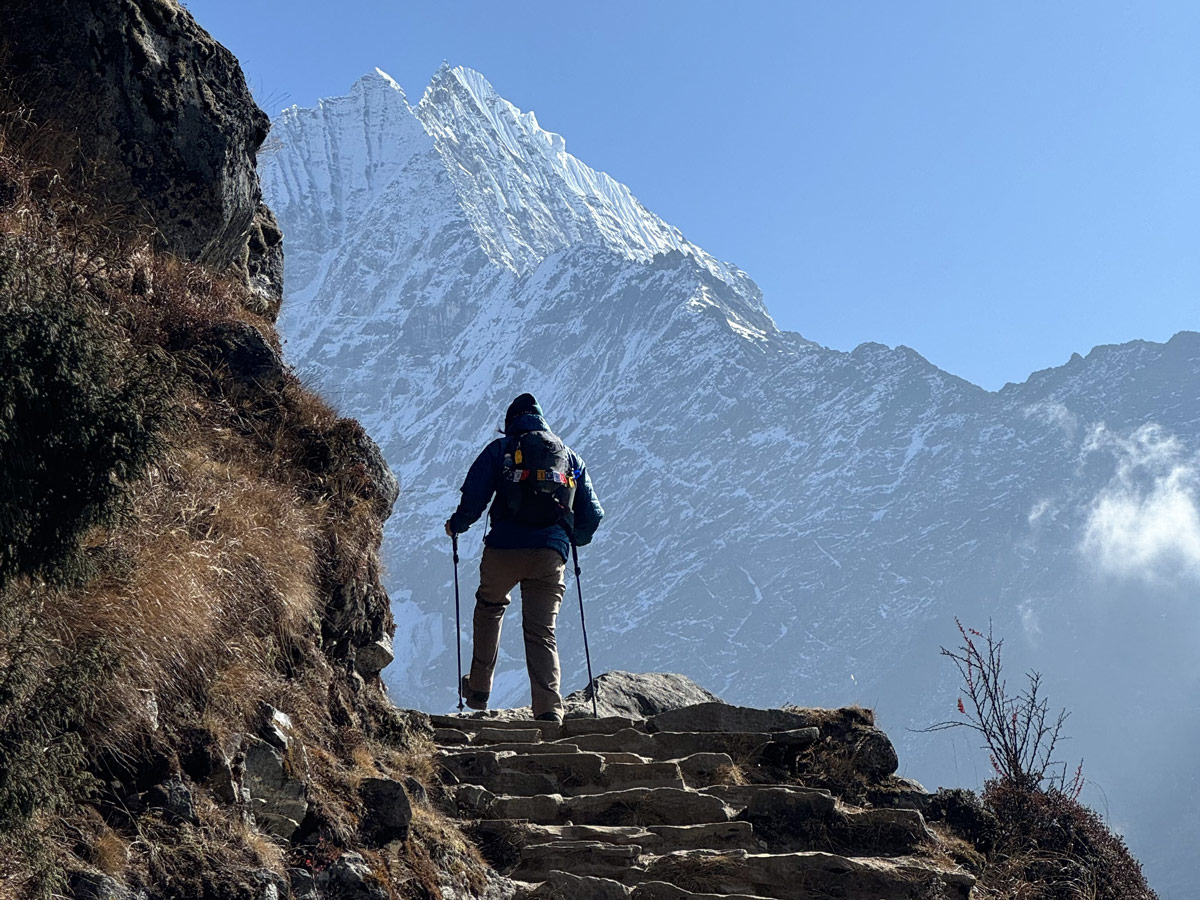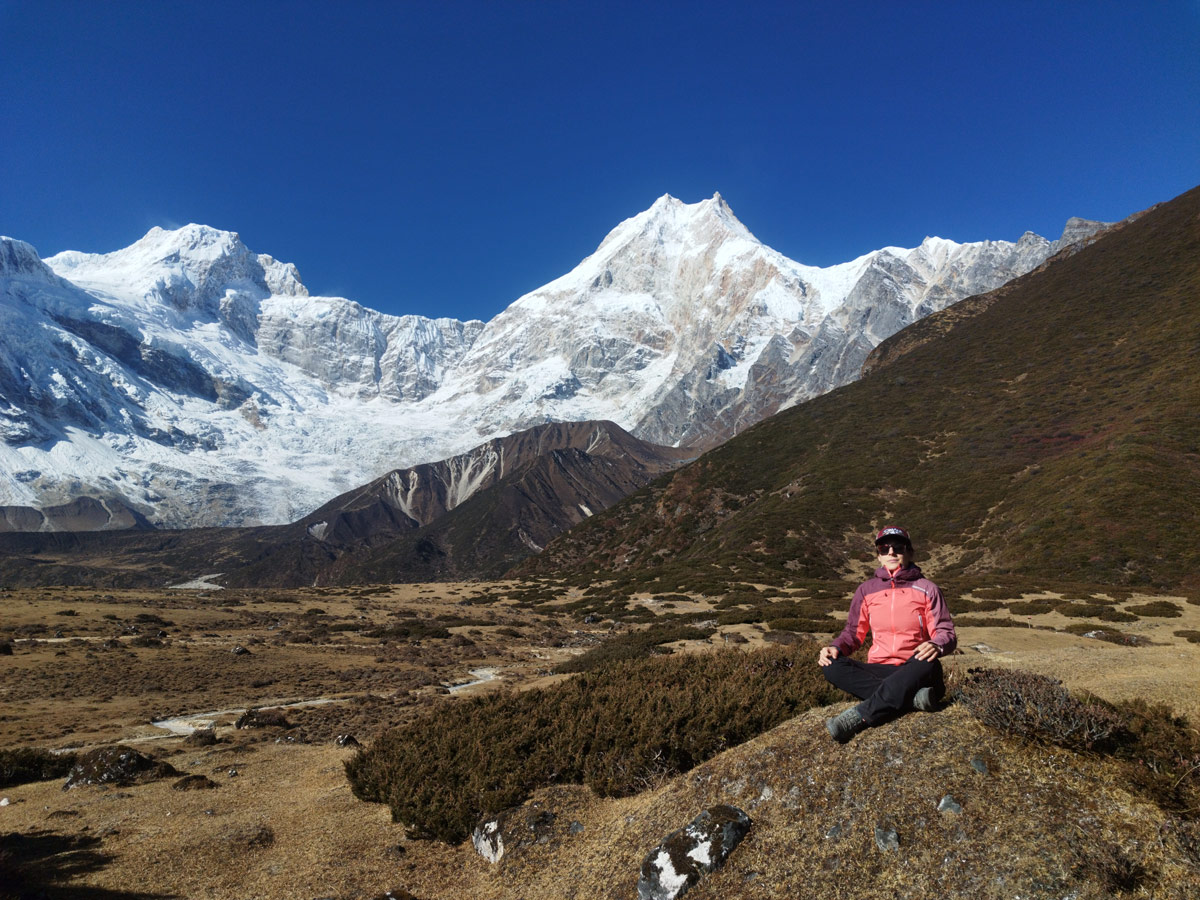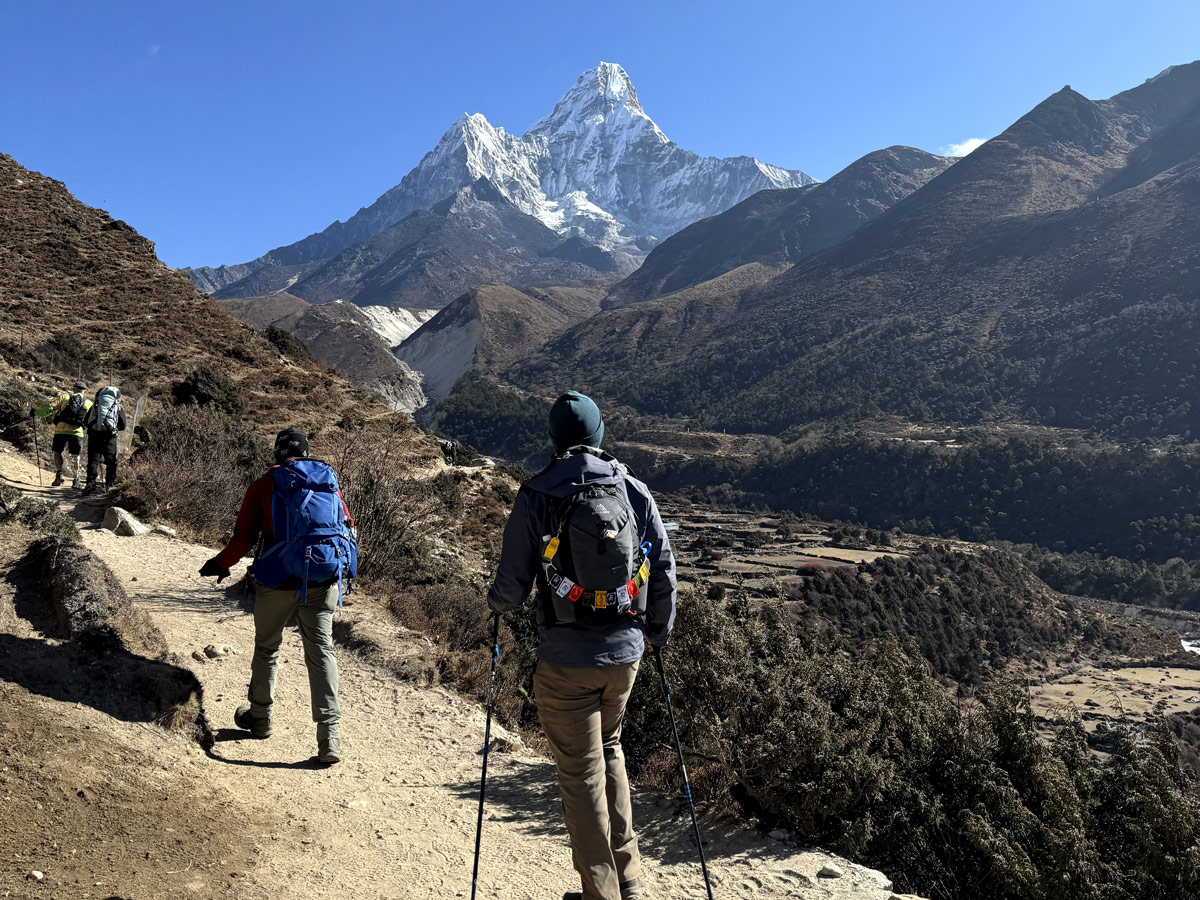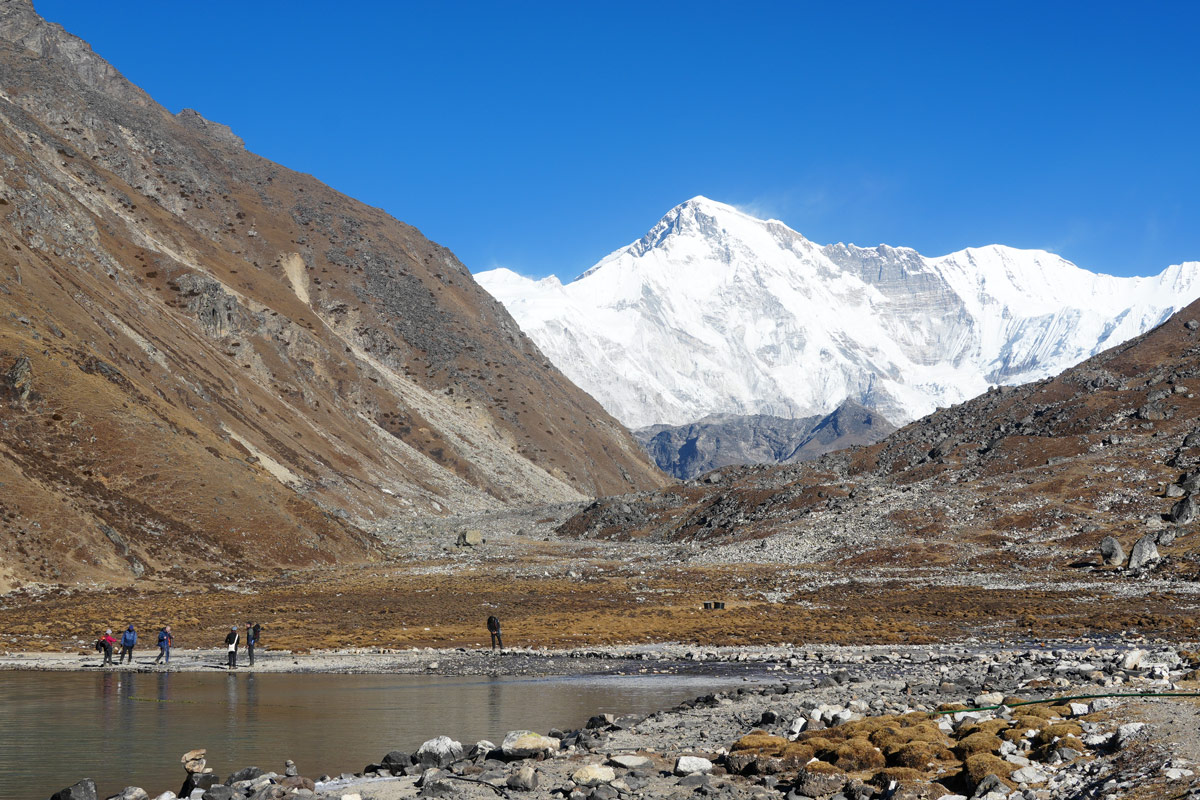Nestled in the heart of the Himalayas, Nepal is one of the premier destinations for trekking in the world, and rightly so, as you will find a range of trekking routes from the iconic Everest Base Camp Trek to the rather underrated Upper Mustang Trek in Nepal.
If you are even a little bit interested in trekking, you must have surely come across the hype of trekking in Nepal that has completely occupied your search engines. You might also wonder if the treks here are worth the hype.
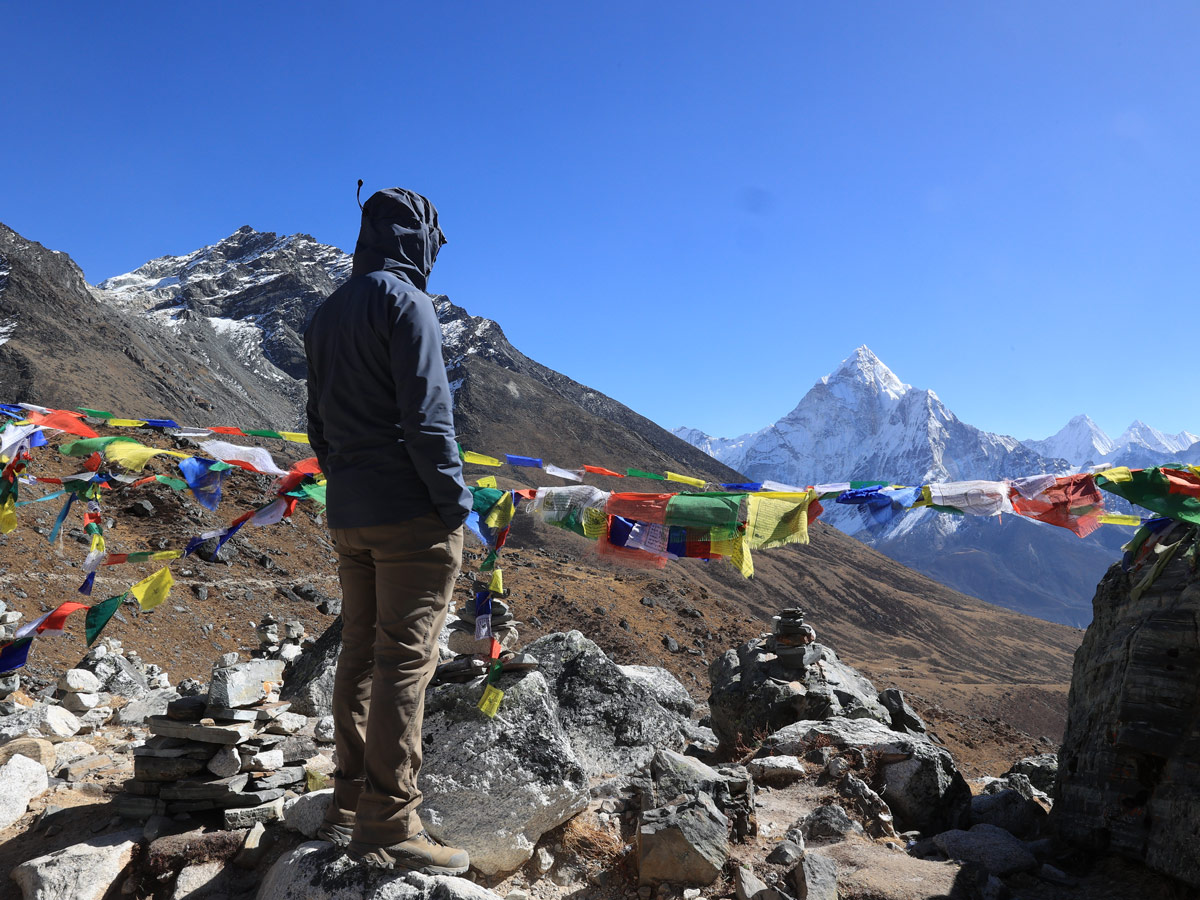
Therefore, in this blog, we will cover everything you need to know about trekking in Nepal, ranging from the types of treks, a typical trekking day, accommodation, food, weather, and any other good as well as bad sides of trekking in Nepal.
So, continue reading to know what exactly your trek in Nepal is going to look like and set your notion of what to expect on a trek in Nepal more accurately.
Types of Trekking Routes in Nepal
The stunning panoramic landscapes, diverse ecosystems, unique settlements, and rich cultural heritage of Nepal are what makes it a must-visit trekking destination for trekking enthusiasts all over the world.
You will also find different types of trekking routes in Nepal, which range from moderate to strenuous. This variety caters to the different preferences and priorities of trekkers and helps them to pick the trek best suited to their needs.
The major types of trekking routes in Nepal are differentiated based on their weather, commercialization, popularity, off-the-beaten-path, and accommodation type.
You will find both teahouses as well as camping treks in Nepal. While teahouse treks are a rather comfortable option with traditional meals and lodging provided along the route, camping treks require the trekkers to have much more experience.
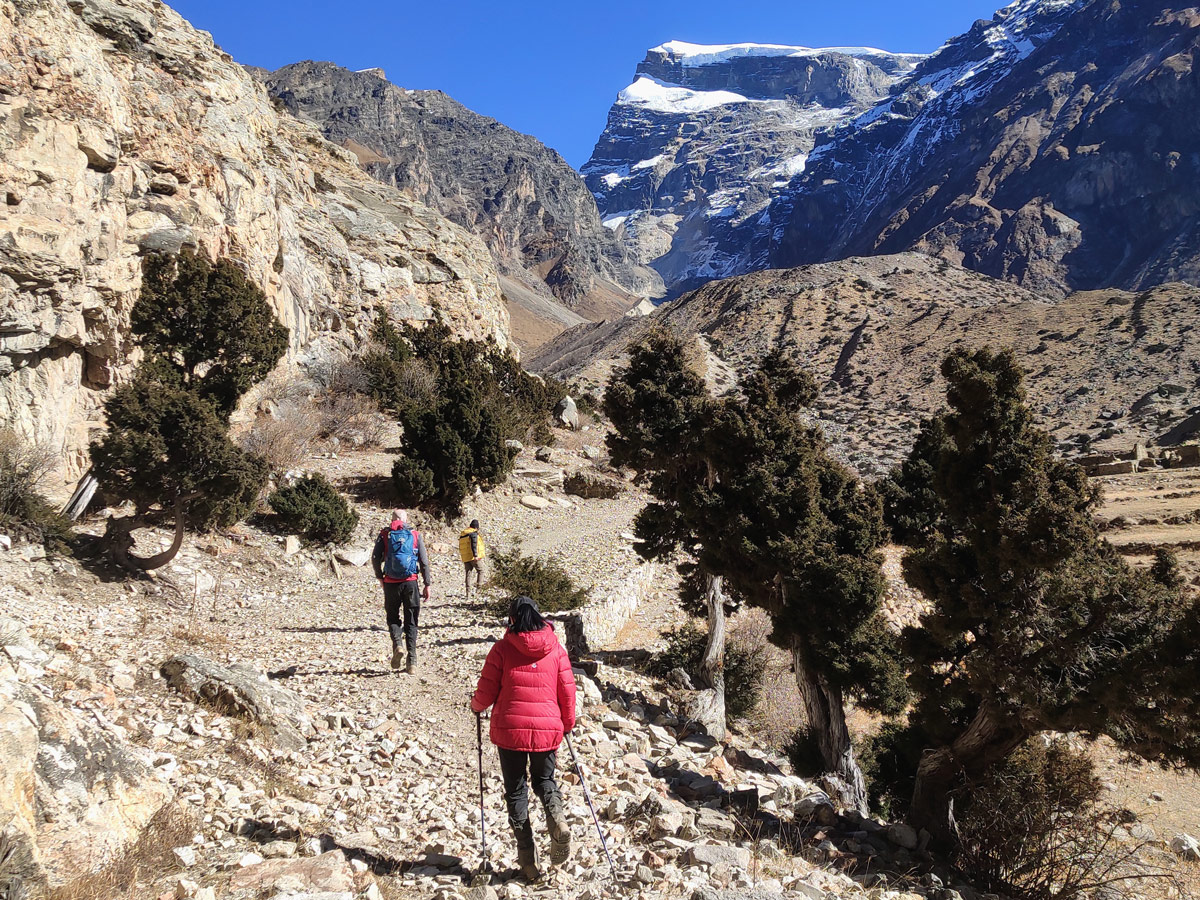
In camping treks such as the Upper Dolpo and Dhaulagiri Circuit, the trekking group must carry everything needed for the journey – tents, cooking gear, food supplies, and other essentials.
This makes the experience more physically demanding and logistically challenging. However, for adventure enthusiasts seeking solitude and untouched wilderness, these treks offer an unmatched sense of exploration and freedom.
Mountain teahouse treks are the more preferred option, especially for beginners, as they are both convenient and comfortable. Trekkers also have the liberty to choose between popular treks and off-the-beaten-path treks.
A Typical Day on a Trek
If you are planning to visit Nepal for your next trekking experience, you might want to know what a typical day on a trek in Nepal looks like. You will usually have a thrilling day which can vary slightly based on the type of trek and your experience.
The trek usually starts early in the morning as you wake up to the stunning views of sunrise, if the weather is clear, followed by a filling breakfast at the teahouse, after which you prepare for the day’s hike.
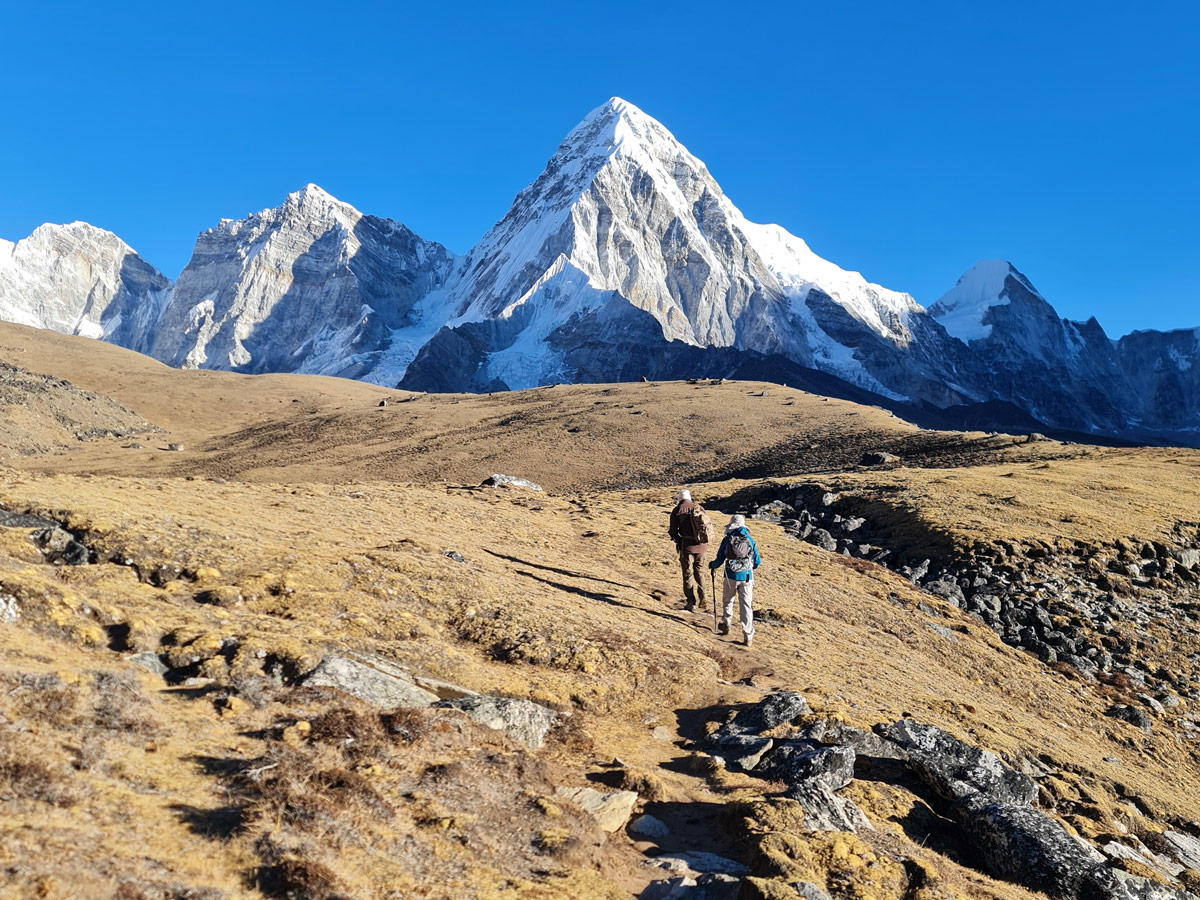
Making your way through the diverse landscapes and breathtaking views of the trekking route, you head towards your destination for the day. On the way, you will also encounter many friendly locals.
As you stop for reenergizing lunch during the afternoon, a brisk hike, you will get the chance to soak in the breathtaking scenery and learn more about your trekking route and the time remaining ahead.
Then, after a couple more hours of trekking, you will reach your destination.

The trek every day is usually completed by late afternoon or evening after which trekkers can get a chance to explore the destination village and even rest and prepare for the trek of the following day.
This schedule differs from your regular trekking days on an acclimatization day, where you rest at a designated stop and explore the surrounding areas to help your body adjust to the altitude.
For instance, in the Everest region, Namche Bazaar is a common acclimatization stop where trekkers can hike to Everest View Hotel or Khumjung village while enjoying the bustling atmosphere of the Sherpa town.
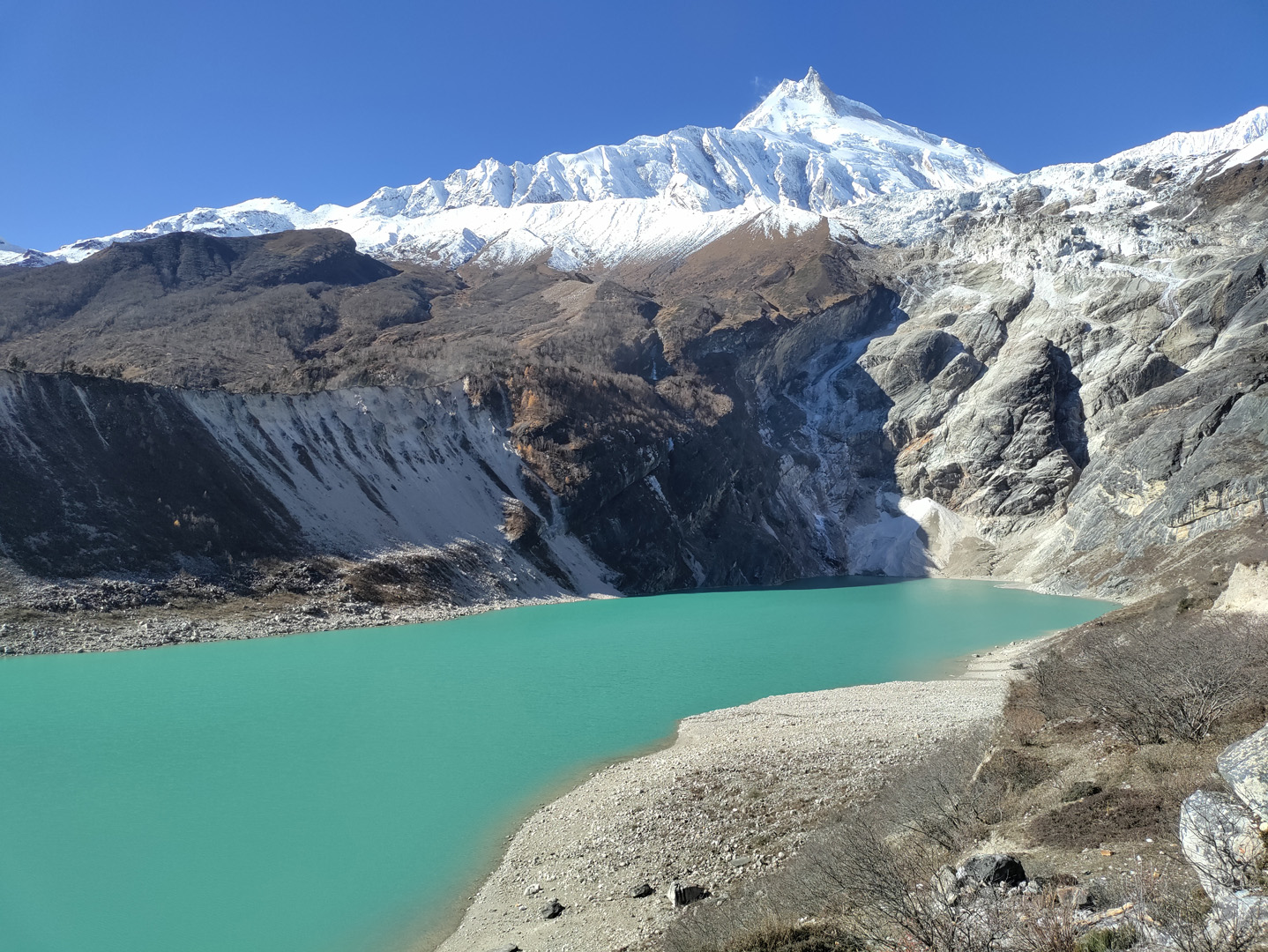
On the Manaslu Circuit, Samagaun offers acclimatization opportunities with hikes to Birendra Lake or the Manaslu Base Camp viewpoint.
Similarly, in the Annapurna Circuit, trekkers usually take a rest day in Manang, where side trips to places like Gangapurna Lake help with acclimatization while offering stunning views of the Himalayas.
Accommodation and Food
When it comes to accommodation, most of the trekking routes in Nepal feature teahouses with all the basic facilities, including basic rooms as the altitude increases, usually with shared bathrooms and a common dining area.
Depending on your budget and availability, you can opt for guesthouses and lodges that offer rooms with attached bathrooms, hot showers, and slightly better facilities.
On popular treks such as the Everest Base Camp, Annapurna Base Camp, and Annapurna Circuit, such comforts are usually available during the initial days in the lower sections of the trail.
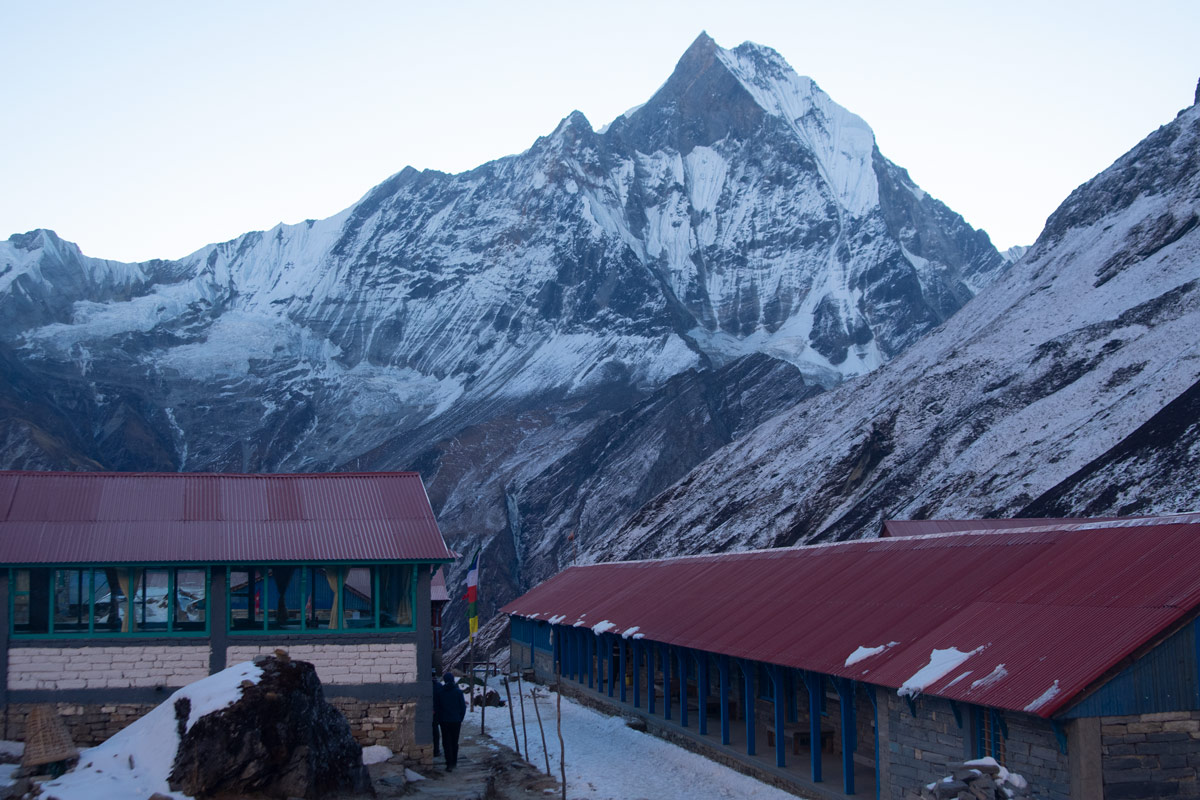
In the Everest region, you can even find luxury lodges with premium services up to Dingboche. Interestingly, on the Langtang Valley Trek, the quality of accommodation tends to improve as you gain altitude, especially in Langtang and Kyanjin Gompa, where many guesthouses offer rooms with attached bathrooms.
On the other hand, in remote treks like the Kanchenjunga region, expect to stay in basic teahouses with limited facilities throughout the route.

Regardless, it is best to expect simple yet comfortable rooms with basic twin beds and minimal furnishing. But they are a big part of the entire essence and authenticity of the trek.
As far as the food is concerned, you will mostly have a run-in with the local staple food of Nepal, which is dal bhat tarkari (rice, lentils, and a side of vegetables and pickles).
Based on the region where you will be trekking, you can also expect other local delicacies, including a warm Thakali meal, Thukpa, Dhindo, noodles, and other varieties.
You can choose to eat meat, but it is usually advised to stick to vegetarian options, as you might get food poisoning due to the meat, which might not be as fresh in remote areas.
Physical Preparation and Fitness Requirements
The difficulty level of trekking in Nepal depends on the trek you choose, your physical stamina, and your trekking experience.
For example, the Everest Base Camp Trek is moderately challenging, suitable for trekkers with good fitness levels and some experience with high-altitude treks.
The Khumbu region, the Three Passes Trek is more demanding, requiring strong physical endurance and experience due to the high passes and rugged terrain. The Manaslu Circuit offers a tough, off-the-beaten-path experience, with long days of trekking and varying altitudes that challenge even experienced trekkers.
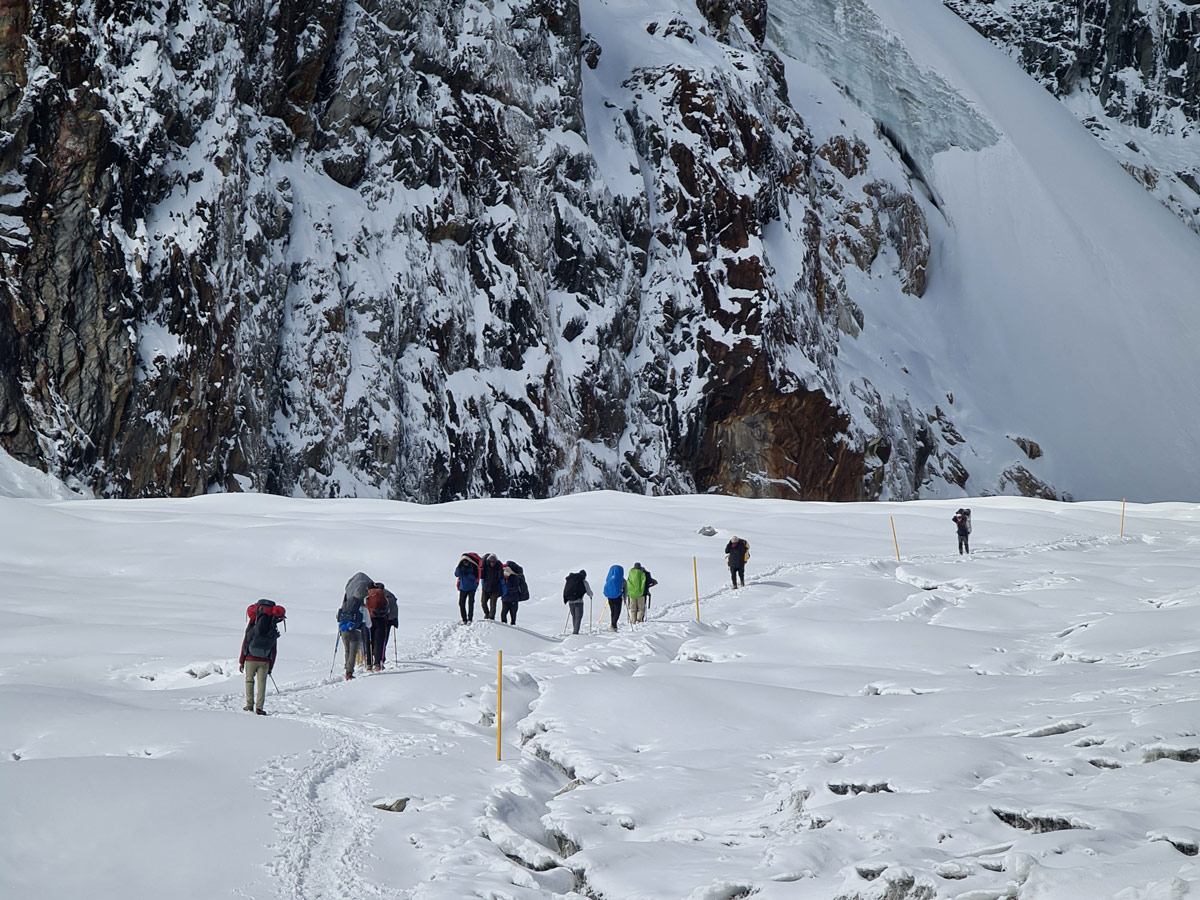
The Annapurna Circuit has sections with varying difficulty – while the Thorong La Pass is challenging, there are also easier routes with stunning views and diverse landscapes.
Regardless of your choice, it’s important to select a trek that matches your fitness and trekking background to ensure both enjoyment and safety.
However, one can say that many trekking routes in Nepal don’t require an athletic level of physical fitness, but they do require a moderate level of fitness to overcome the challenges.
This is because you will be walking for around 6 to 7 hours every day over varied terrain, diverse landscapes, and many times you will cover taxing ascents and knee jarring descents, that too on rocky paths.
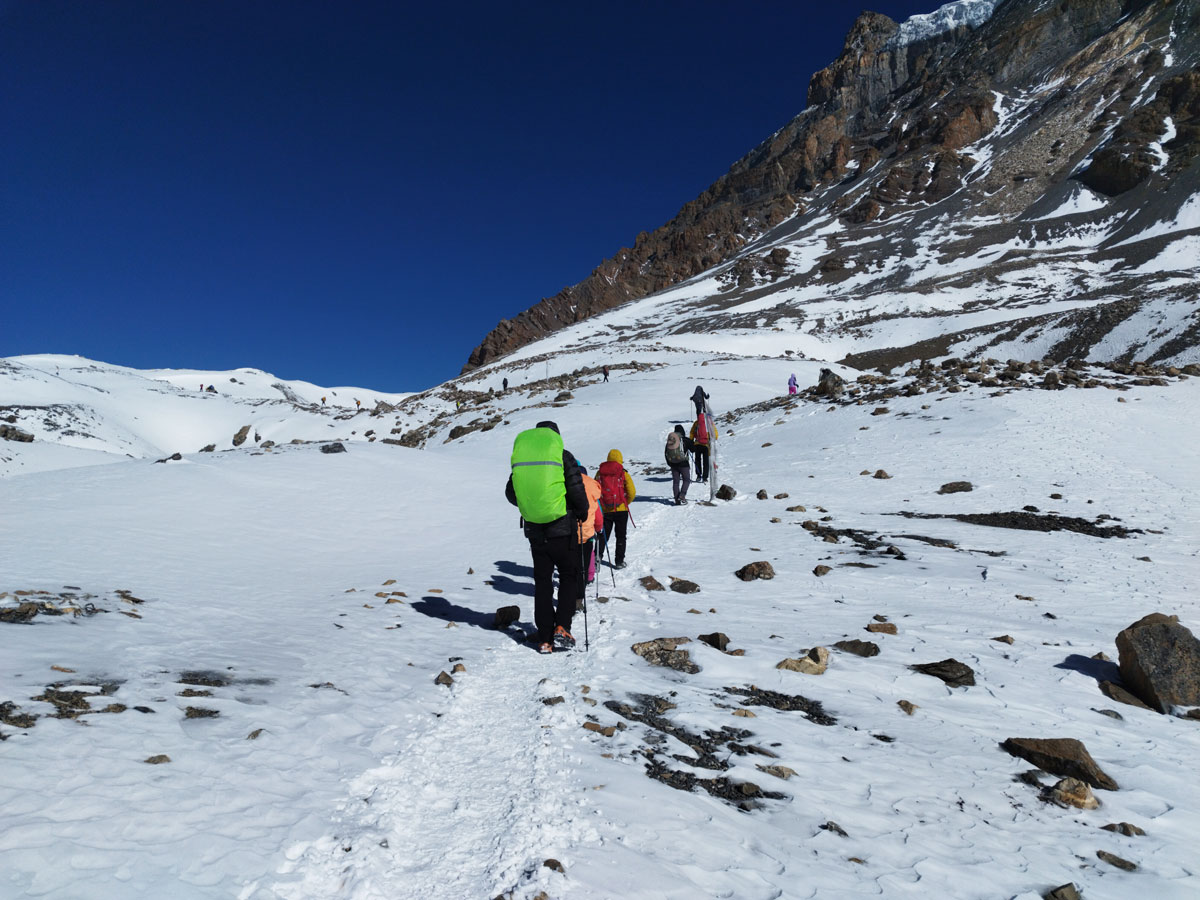
Therefore, it is strongly recommended to train well a few months in advance as it can make your overall trekking experience much more comfortable as well as enjoyable.
Establish a suitable workout regime and include exercises like cardio, dancing, cycling, running, skipping, swimming, weight training, and stamina-building exercises.
Focus on your calf muscles, core, and your lower back as these are the areas that experience the most stress during trekking. Exercising regularly can also help strengthen your lungs and heart which is important during trekking.
The challenging altitudes and terrains of Nepal require proper preparation both physically as well as mentally. So, it is best to engage in meditation as well as breathing exercises well in advance.
Health and Safety Precautions
When it comes to the challenging and treacherous altitude levels of Nepal, it can affect anyone and everyone, regardless of the level of physical fitness, age, as well as prior trekking experience.
Therefore, preventing acute mountain sickness should be one of your top priorities while trekking in Nepal. Learn to recognize the symptoms of altitude sickness and adhere to the following tips:
- Ascend slowly and gradually.
- Don’t cover much altitude difference in a single day.
- Stay hydrated and eat a balanced diet.
- Take your acclimatization days seriously.
Besides altitude sickness, trekkers are also often at a high risk of slippage and any other kind of injuries while trekking in Nepal. So, it is best to carry a well-stocked first aid kit with bandages, ointments, blister treatments, antibiotics, and other essential medicines.
Remember to stay hydrated at all times and carry a reusable water bottle along with some water purifying tablets. Eat a balanced diet to maintain your energy level throughout the trek.
Weather Conditions and Seasonal Variation
The expectations on a trek in Nepal are often variable, and the biggest deciding factor for it is the weather conditions and the season during which you are planning your trek.
Most trekking routes in Nepal offer the best experience during the peak trekking seasons—autumn (September to November) and spring (March to May)—which are widely regarded as the best time for trekking in Nepal.
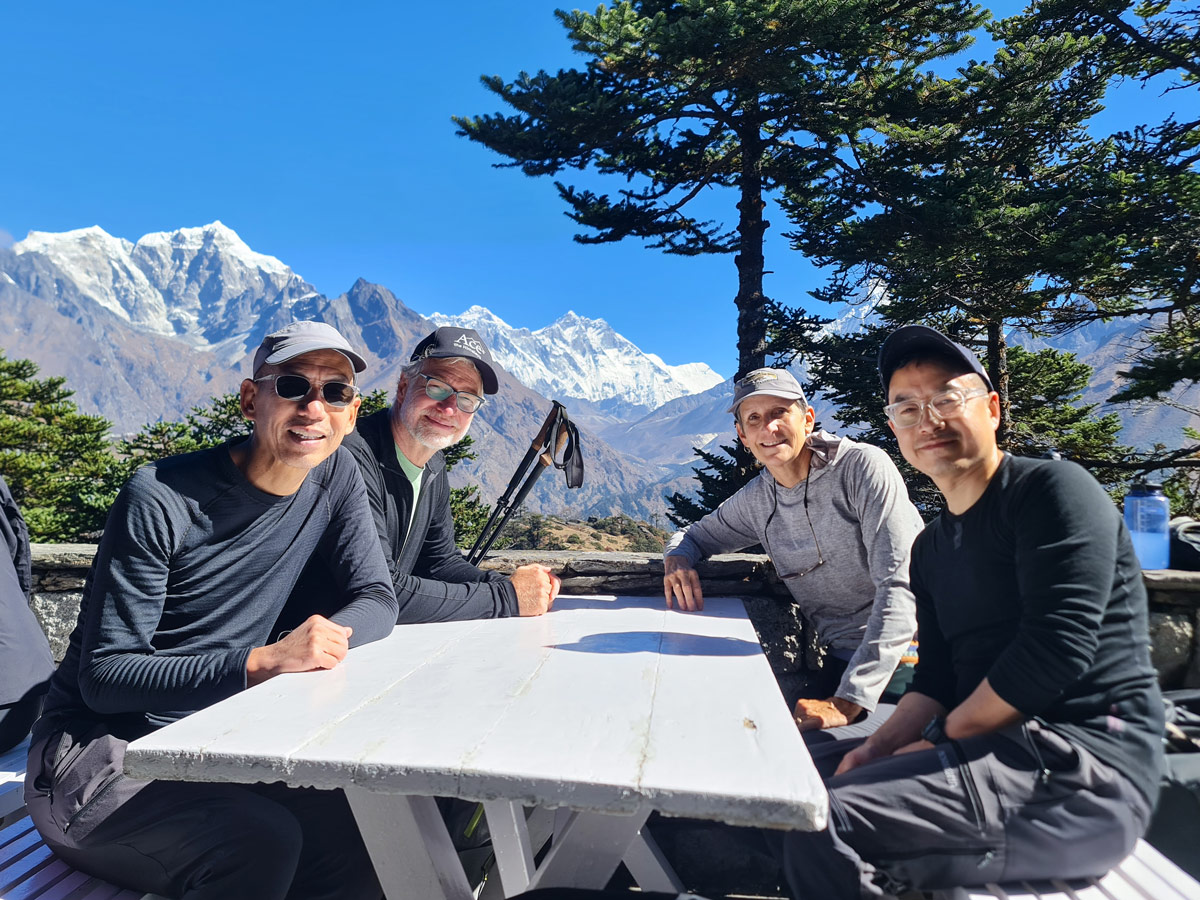
Spanning across March to May, the spring season is the pre-monsoon time where the weather is clear with moderate temperatures and clear skies, where you will see the landscapes covered with different kinds of flora and fauna.
In the months of September to November, Nepal experiences the autumn season, which is the peak trekking season. As the trails await winter, you will see mountains covered in snow while the temperature is still manageable and the fauna extremely active.
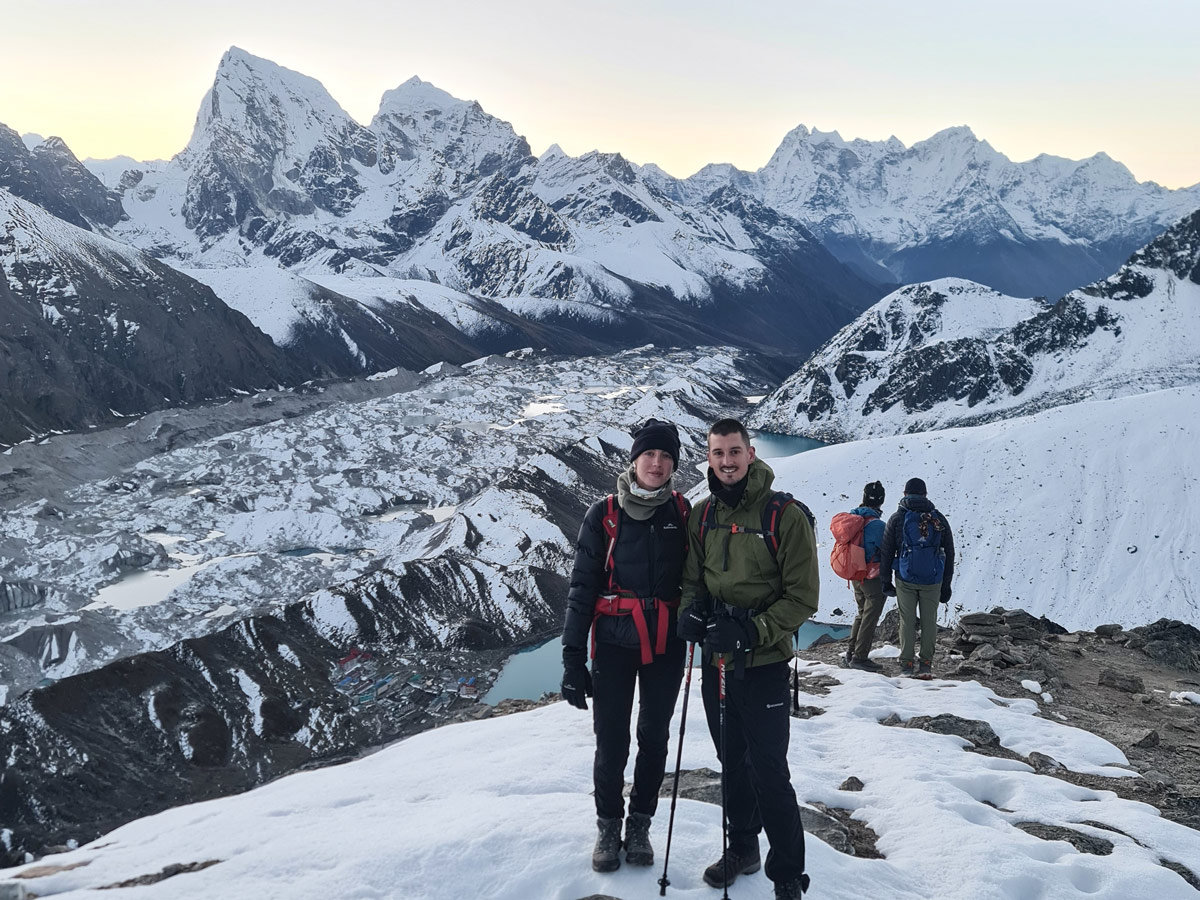
However, some trekking routes like the Upper Mustang Trek offer a great trekking experience during monsoon too, as it lies in the rain shadow area and experiences minimal rainfall.
For those wanting to experience the winter wonderland in Nepal, you can opt for the months of winter (December to February) for trekking but be prepared to tackle the challenges that come with it.
Cultural Etiquette and Interaction with Locals
Trekking in Nepal is different from trekking in other countries, and the cultural experience in the country is what sets it apart from other stunning trekking destinations.
Along with the spectacular views and adventurous trails, expect to immerse yourself in a rich cultural tapestry during your trek in Nepal. Each region introduces you to unique ethnic communities and their warm hospitality.
In the Everest region, you’ll experience the fascinating Sherpa culture, deeply rooted in Tibetan Buddhism, and visit spiritual landmarks like the Tengboche Monastery, one of the most revered monasteries in the Khumbu region.
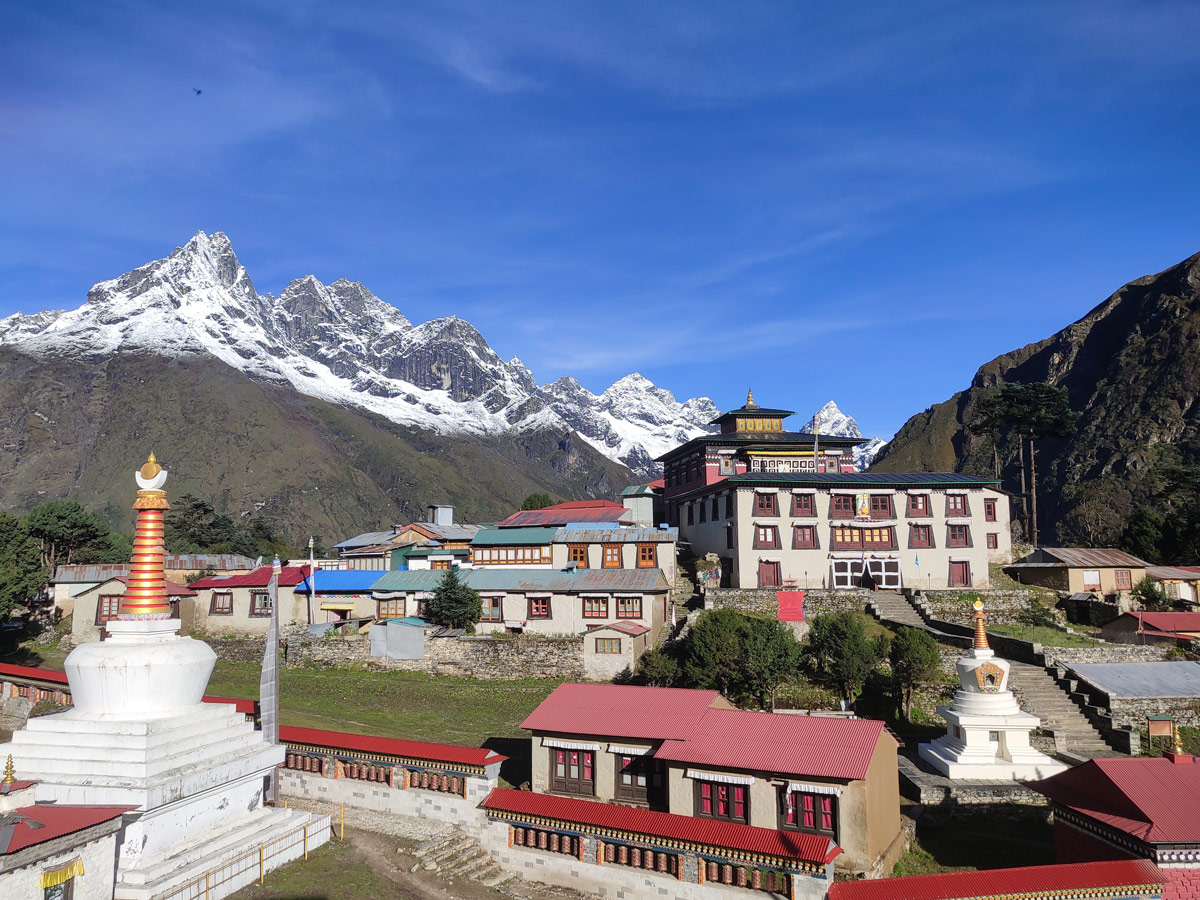
On the Annapurna Base Camp Trek, you’ll encounter Gurung and Magar communities known for their bravery and vibrant traditions.
The Annapurna Circuit offers a diverse mix of cultures, with villages inhabited by Gurung, Thakali, and Manangi people, and features the sacred Muktinath Temple – an important pilgrimage site for both Hindus and Buddhists.
As you venture into Mustang, especially Upper Mustang, you’ll find yourself in a land that feels frozen in time. The region is home to centuries-old monasteries, mysterious sky caves carved into cliffs, and a deep-rooted Tibetan Buddhist culture that thrives in remote villages like Lo Manthang. The Thakali community in the lower Mustang region also shares its own unique customs and rich culinary heritage.
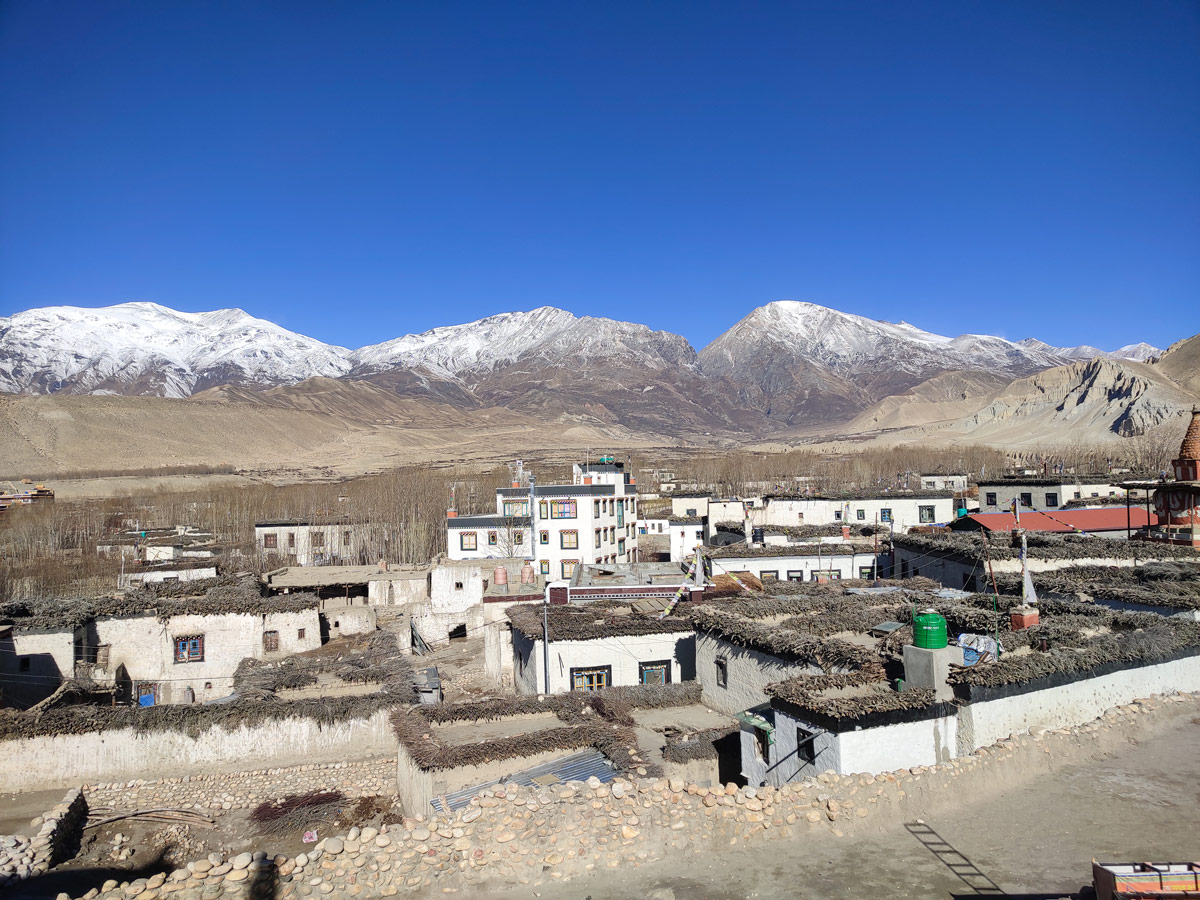
On the Manaslu Circuit, you’ll pass through Gurung villages in the lower sections and encounter Tibetan-influenced communities higher up. In the Langtang Valley, the Tamang people offer a glimpse into Himalayan life shaped by Tibetan heritage
Even while staying in teahouses, you will have an excellent opportunity to interact with the locals who will often give you a glimpse into the different traditions, cultures, and festivals of the country.
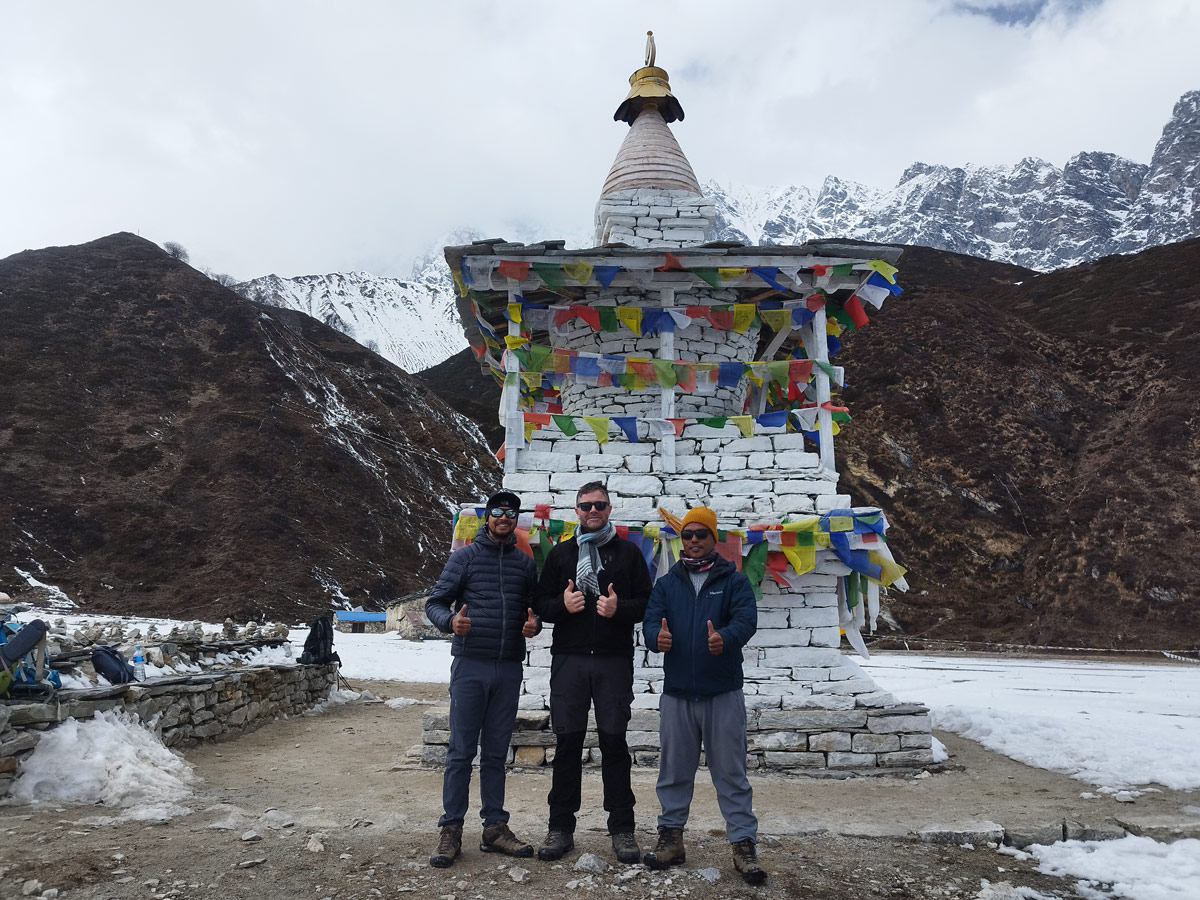
These are places with deep rooted spirituality and culture where you can learn a lot and truly connect with the divine as well as with nature. However, visiting these places comes with equal responsibility.
Make sure to respect the local customs, dress modestly, engage with people and learn the correct way of performing rituals if you want to be a part of them. Stick to other respectful ways to involve in the cultures of the local region.
Learning some local phrases like ‘Namaste’ can go a long way as it helps to establish a genuine connection with the locals.
Expected Cost
As far as the cost of a trek in Nepal is considered, it is again a very subjective thing and can vary based on your trekking route, the type of experience you look forward to, as well as the season when you are trekking.
For a basic teahouse trek with simple yet comfortable amenities, expect to pay the amount given below for most of the treks:
- Permits: 20 to 70 USD, higher for restricted areas and longer duration.
- Accommodation: 3 to 30 USD per night, higher in popular areas and during peak trekking season.
- Food: 5 to 12 USD per meal, depending on the type of food. The cost increases with an increase in altitude.
If you want a more advanced trekking experience with stays in hotels and resorts, like the VVIP Everest Base Camp Trek, expect to pay much higher, as the amenities are much more luxurious.
Also, your entire budget will also depend on whether you are trekking solo or with an experienced guide, and if you are trekking alone or in a group. Trekking in group is usually slightly cheaper.
Common Challenges and Insider Tips
While trekking in Nepal is indeed an experience of a lifetime, it is more often than not as simple and beautiful as it is displayed all over the internet. So, don’t be mistaken.
Trekking in Nepal comes with its own set of challenges. Some of them are given below:
- Trekking is physically demanding, especially at high altitudes, which can cause altitude sickness. Pace yourself, stay hydrated, and plan for acclimatization days to adapt gradually.
- The weather in the Himalayas is often unpredictable. Weather can shift quickly, so be prepared with layered clothing, waterproof gear, and extra dry essentials to stay comfortable.
- Trails can be confusing, and cell or internet coverage may be sparse. Consider hiring a guide, carrying a reliable map, and preparing to disconnect.
- Long hours on rough terrain can lead to foot discomfort and strain from carrying a heavy pack. Wear well-fitted boots, carry blister pads, and pack light or consider hiring a porter.
- Food options can be restricted and more costly at higher altitudes. Prepare by budgeting extra and packing snacks to supplement meals.
- Trekking can be mentally challenging, especially with physical strain and changing conditions. Stay positive, focus on the natural beauty, and remember the rewarding experience at the end.
